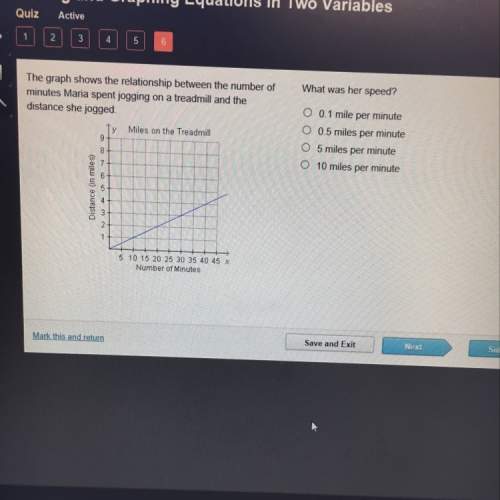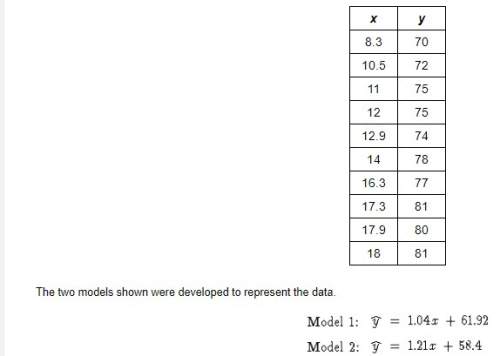30
karl is investigating two transformations.
karl claims that a reflection over the...

Mathematics, 12.09.2019 19:30 kale2158
30
karl is investigating two transformations.
karl claims that a reflection over the line y=1 transforms a point (x, y) to the point (2−x, y). for example, (1,1) is reflected to (1,1).
karl makes a second claim that a reflection over the line y=x transforms a point (x, y) to the point (y, x). for example, (2,2) is reflected to (2,2).
which statement correctly classifies karl’s claims?
a
karl is correct regarding the first claim, but a reflection over y=x carries (x, y) to (x, y).
b
karl is correct in both of his claims because each provided example supports the associated claim.
c
karl is incorrect in both of his claims because neither example is enough to prove the associated claim.
d
karl is incorrect as a reflection over line y=1 carries (x, y) to (x,2−y) but is correct in his second claim.

Answers: 1


Other questions on the subject: Mathematics

Mathematics, 21.06.2019 14:00, shyannehamilton1183
What values of c and d make the equation true?
Answers: 1


Mathematics, 22.06.2019 04:00, misstaejailicious200
Create a varationof radical symbol y=a a (x-h)+k function graph the parent function with all 4 varations question: how did each variable change affect the graph? use (desmos) graphing to graph the it
Answers: 2
You know the right answer?
Questions in other subjects:








History, 04.02.2020 20:00

Mathematics, 04.02.2020 20:00

Mathematics, 04.02.2020 20:00





